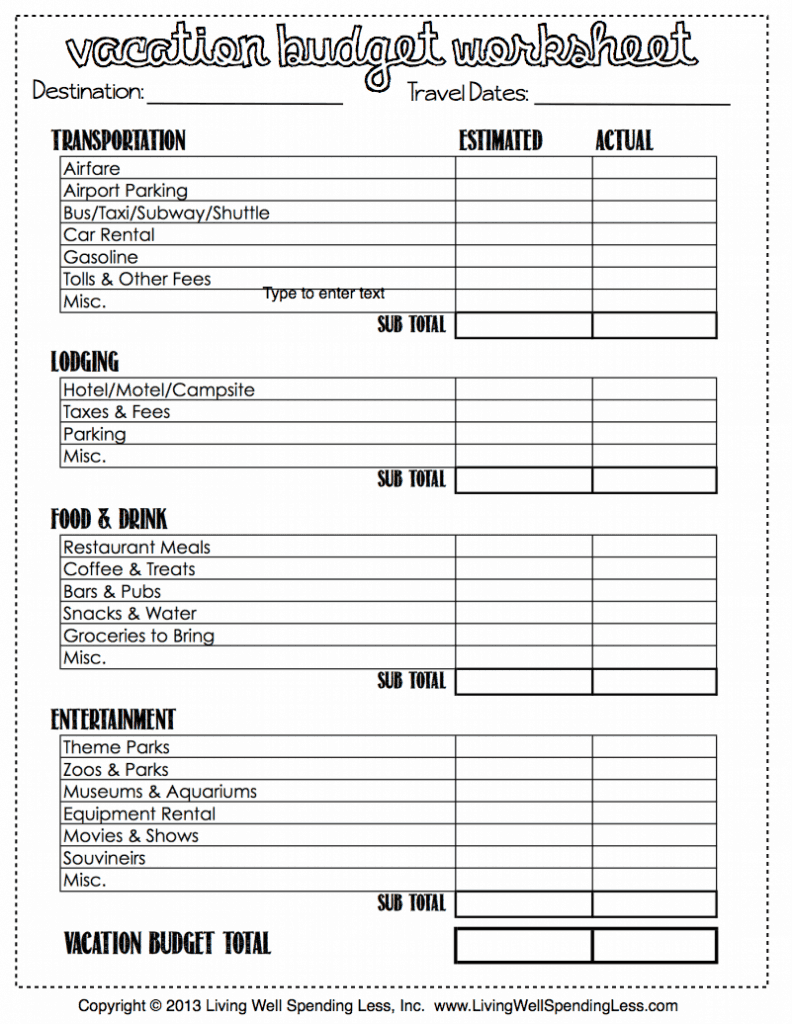

There might be times that your income changes, or you have unexpected expenses or a new savings goal.Ī flexible approach to budgeting can help you keep on track in the long term. Remember to review and adjust your budget regularly and use digital tools and technology to keep you on top of your money. You can even name your accounts to match your buckets to keep you motivated, or set up a regular transfer into your various accounts every time you’re paid. This is a great way to keep you on track with your spending, ensuring you only spend what you’ve allocated for each specific purpose.

Focusing on your total salary instead of net income could lead to overspending because you’ll. That’s your take-home paytotal wages or salary minus deductions for taxes and employer-provided programs such as retirement plans and health insurance.

Once you know how much you’ll be putting into each bucket, divide your income accordingly each time you’re paid. The foundation of an effective budget is your net income. The rest of your income can then be directed into a savings bucket. The first step is to decide how many buckets you need and what they’re for. To do this, list all your expenses during a regular spending period (monthly or fortnightly, say), group them into buckets, and set a budget for each bucket. Save 20% of your income into a savings account.Budget 30% of your income for lifestyle costs (like dining out, buying clothes).Budget 50% of your income for essential living expenses (such as rent, bills and groceries).Savings – for any goals or super contributions, or to budget for emergency expenses.Ī more basic approach is what's known as the "50:30:20 rule":.Lifestyle – non-essential spending such as dining out, shopping or entertainment.Essentials – ongoing costs such as groceries, transport, pet care and health costs.Commitments – such as regular bills, debt repayments and rent/mortgage payments.It’s a helpful way to manage your spending and saving without complicated spreadsheets.

'Bucketing' involves splitting your regular income into accounts (or buckets), with a specific budget for each.
#Help with budget planning full
Or, get a full picture of your finances with Cash Flow View. Need some help understanding and tracking your money? Track your spending with Spend Tracker in the CommBank app – it tracks your transactions so you know what you’re spending your money on and where you can cut back. Finding the plan that works for you will make it easier for you to maintain and stick to. You can track your budget in a spreadsheet or journal, or keep a mental record of your spending. Next, decide which kind of money plan works for you. Once you've got a good idea of your regular income and spending, you can tailor a budget to suit your needs. Still having trouble living within your budget? You may want to revisit the Estimate your Resources page to see if there are any other ways you can bring in extra cash, or schedule a Budget & Debt Management appointment with one of our Financial Aid Counsellors.The first step to budgeting is knowing exactly where your money goes. Be sure to Cash in on $ tips that will help you live for less. If it is not working, it is okay to make adjustments as needed. We know sometimes this is easier said than done. Once you have a plan, it is important to use it. If you are in year one, you can add estimated amounts in the tabs for subsequent years, and consult the final tab, Budget and Debt Overview, where the sheet has been set up to calculate your total educational and living expenses.


 0 kommentar(er)
0 kommentar(er)
